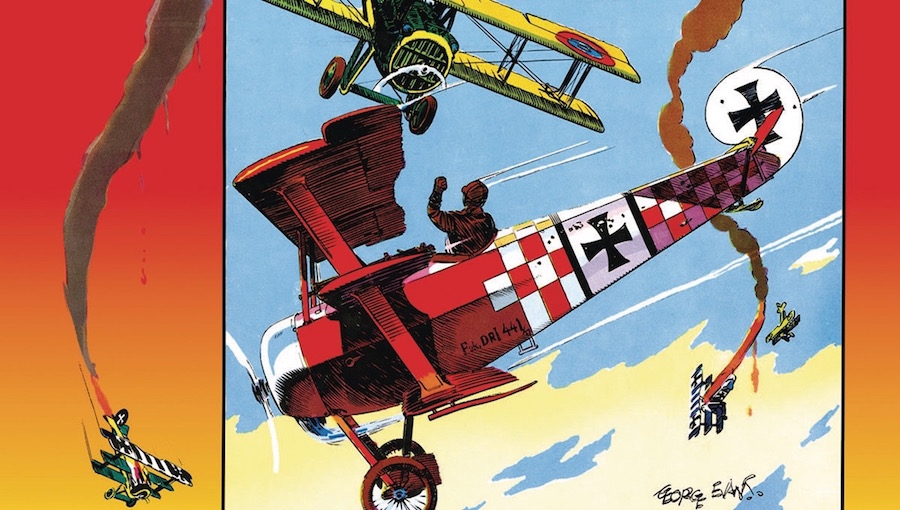I think we often lose track of comics that came out in the early 1950s. It wasn’t a great time for superheroes, the medium’s most enduring genre, and historically the publications themselves get drowned out in the story of Fredric Wertham’s Seduction of the Innocent and the firestorm it provoked. At the center of that fascinating story – the controversies and hearings that gave way to the Comics Code – was Bill Gaines and EC Comics, a highly successful publisher of (at the time) horror and crime stories, in particular. Gaines fought against the censorship ultimately imposed by the Comics Code, not just because it meant that many of the books EC published would have to be scrapped – though that was true – but because the censorship was bad for the medium and the goal of telling more mature, involved stories. Gaines lost that fight, and in 1955, the year after the Comics Code Authority banished horror and crime comics (and, really, anything remotely objectionable) to the ether, EC tried to rebound with its New Direction line.
I know that’s a long preamble to get to the book we’re here to talk about, but I think Aces High is especially interesting as an artifact of its time. Comics were left with few places to go for complicated stories, where tragedies happened and the good guys didn’t always come out on top, but war was still kosher. (Perhaps because soldiers fighting for their country were committing violent acts for the “right reasons,” unlike the criminals depicted in popular books of just a few years prior.) Aces High, over its short five-issue life, told tales of World War I fighter pilots, clashing in the skies of Europe in the early days of militarized flight. Yes, the book often began with a parable-like quality, opining about how, back then, pilots had a sort of code of chivalry that kept the air war sanitized and ruled by a sort of “fair play,” but the meat of the stories did not shy away from the fact that many people died for, often, relatively senseless reasons during war – and, often, this code of chivalry could not survive the reality of armed conflict. For every cute tale of pranksters or wartime trickery, there is a story of tragic loss, of fatal errors, or of the brutality of armed conflict. It is still all sanitized, lacking the sort of graphic imagery that so drew the nation’s attention during the Senate hearings on comic books a few years prior, but it’s not sugarcoated.
Though the art starts to bleed together after half a dozen short stories of biplane combat, the art is no less brilliantly or lovingly rendered. This is a Golden Age comic at the very end of that era; the brilliant colors and kinetic art style suggest the onset of the Silver Age. The artistic credits (when they exist; books of this vintage did not always have credits for either writing or art, and the creators behind some of this volume’s stories are woefully unknown) contain names recognizable for their prior and later work, like Wally Wood and Jack Davis. It’s a shame the artistic contents of the stories don’t vary much – at least fifty percent of the art in the book is biplanes flying around, and most of the other fifty percent is people talking about flying biplanes – but there are still some tremendously effective panels that accentuate the drama of these tales.
Aces High was canceled at the end of 1955 with the rest of EC’s New Direction comics – in fact, with the rest of EC’s comics, as the company would abandon them altogether to focus on more successful (and less vigorously censored) magazines like Mad. Aces High provides good war stories, especially if you like the subgenre of World War I air combat, since we don’t see that uses much these days, but the reading of the stories themselves can start to feel repetitive, despite the art often elevating an individual tale here and there. But what it lacks in momentous narrative it makes up for as artifact, a time capsule of the end of EC Comics and, in many ways, the Golden Age itself.

